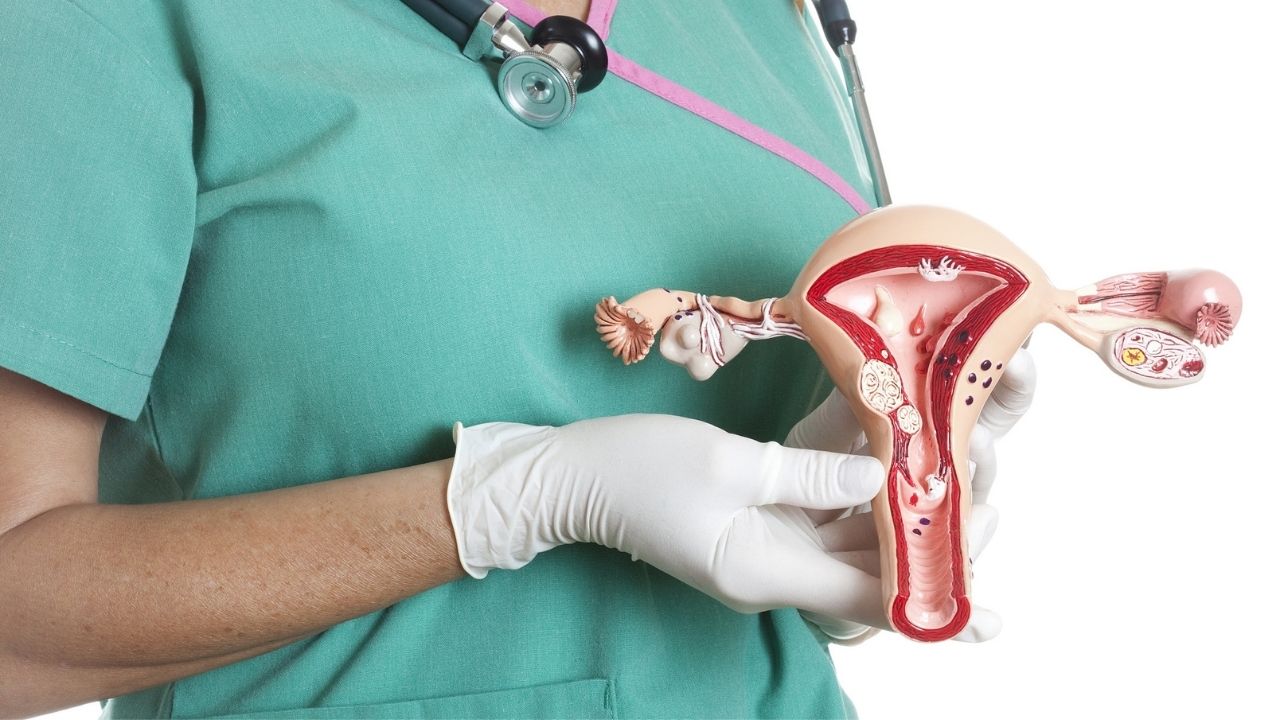CHANDIGARH
One of the most prevalent gynecologic diseases among women in underdeveloped nations is cervical cancer. The bottom portion of the uterus, known as the cervix, is what joins the uterus to the vagina. More than 85% of cervical cancer-related fatalities have been reported in developing, low-income, and middle-income nations. In India, this illness affects approximately 1.2 lakh women annually, and the fatality rate is above 50%. The second most frequent malignancy among Indian women between the ages of 15 and 44 is cervical cancer.
The human papilloma virus (HPV), which is often spread through sexual contact, is linked to cervical cancer frequently. Cervical cells are susceptible to precancerous alterations brought on by HPV, which can ultimately result in cervical cancer. When administered at a young age, the HPV vaccination is very effective at protecting against HPV infection and preventing cervical cancer. Although cervical cancer can be a slowly progressing condition, if it is not found early, it may spread to the belly, liver, bladder, or lungs.
Signs and Symptoms
Early on, the disease usually goes unnoticed since there are no symptoms, and it may take years before the first indicators appear. Stage 1 cervical cancer symptoms and indicators include, among others:
• Post-coital bleeding, or vaginal bleeding following sexual contact
• Post-menopausal bleeding or irregular or breakthrough bleeding
• Pain or unpleasant-smelling vaginal discharge during sexual activity
• Urination that hurts
• Vomiting
• Rupture of the rectum
• Tiredness
• Losing the weight
• Appetite loss
• Abdominal or pelvic discomfort
Stages:
The four stages of cervical cancer are stage I, stage II, stage III, and stage IV. Stage I indicates that the cancer is confined to the cervix and has not progressed to other areas and is mostly undetectable without symptoms. Stage II refers to the infection’s expansion through the cervix and uterus but not yet to the pelvic wall. At stage III, the cancer can extend to the lower vagina and pelvic wall, and at stage IV, it invades the bladder, rectum, or other body components like your bones or lungs.
The prevalence of this terrible illness can be significantly decreased by raising knowledge of the symptoms of cervical cancer, early identification by screening, and molecular testing.

 हिंदी
हिंदी






